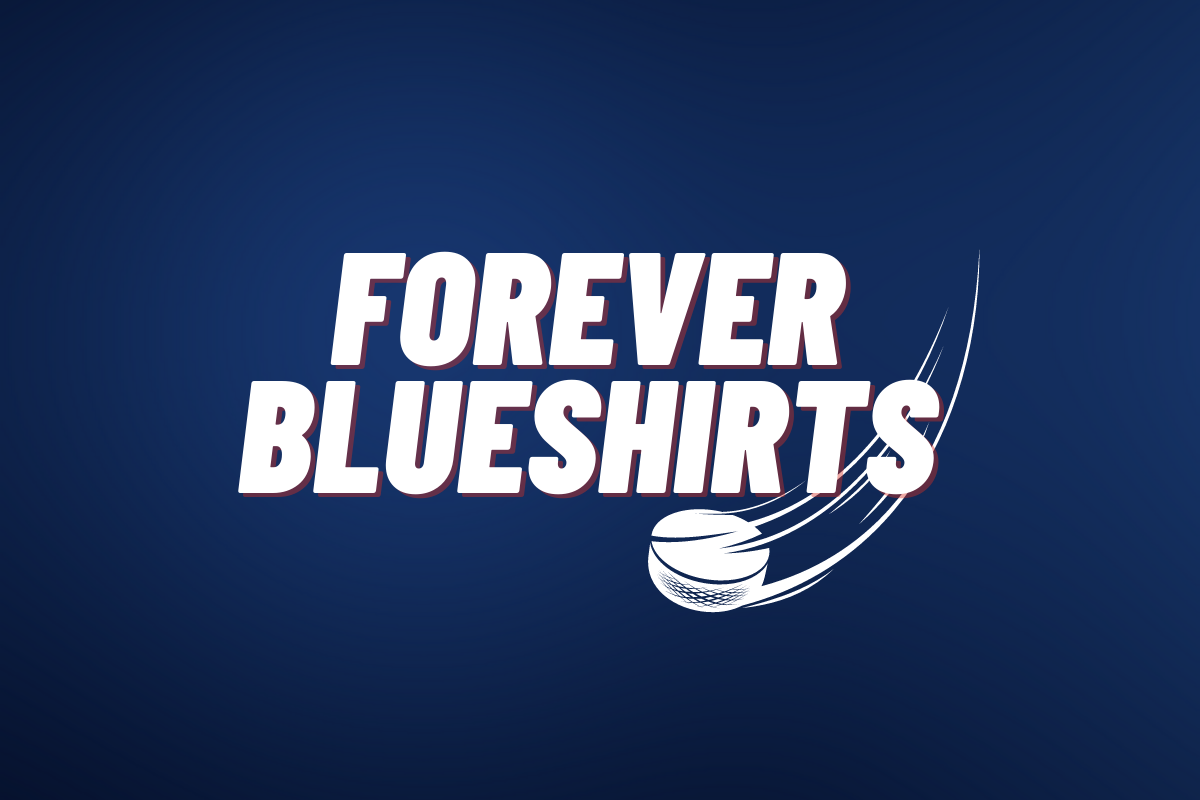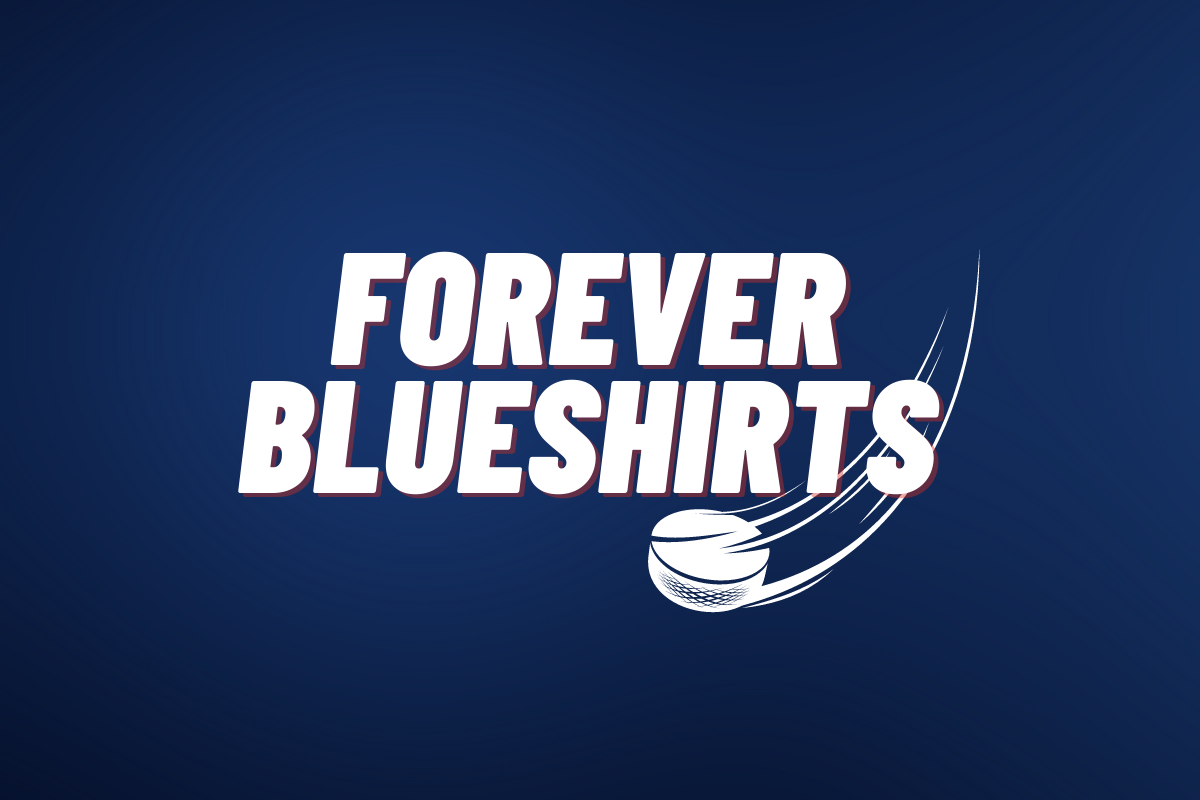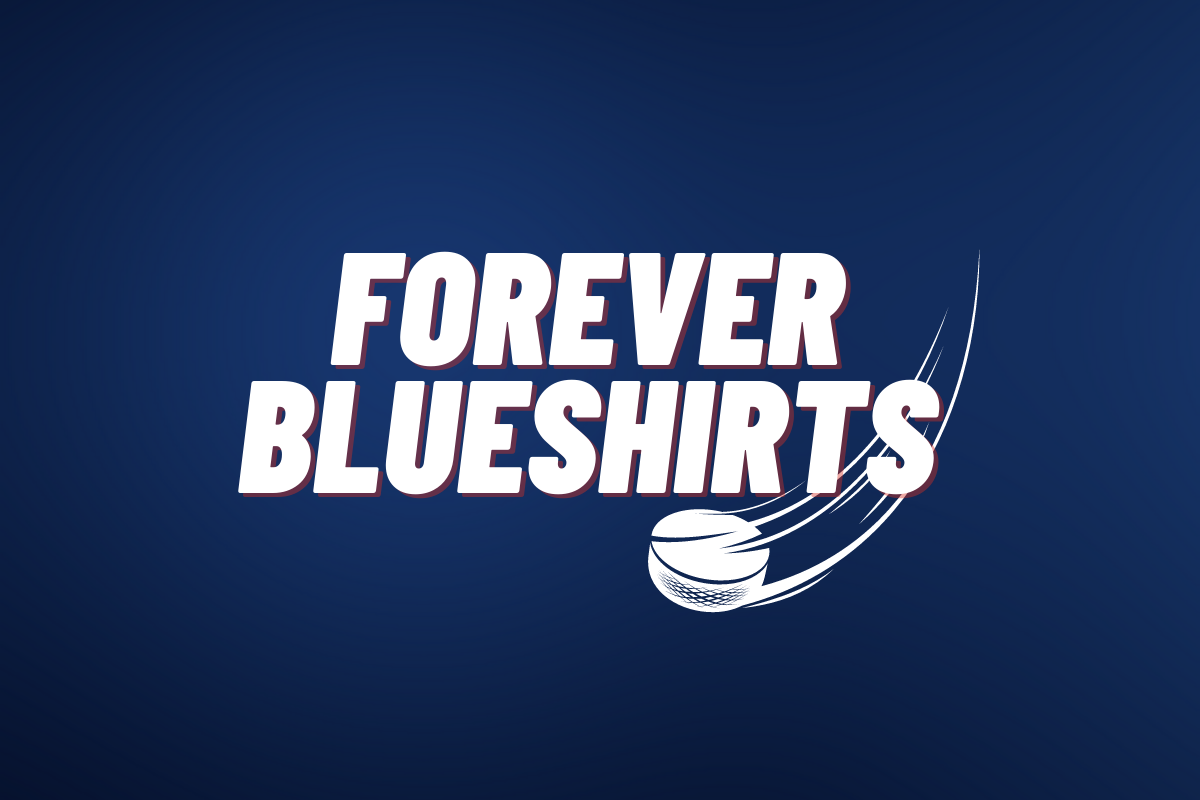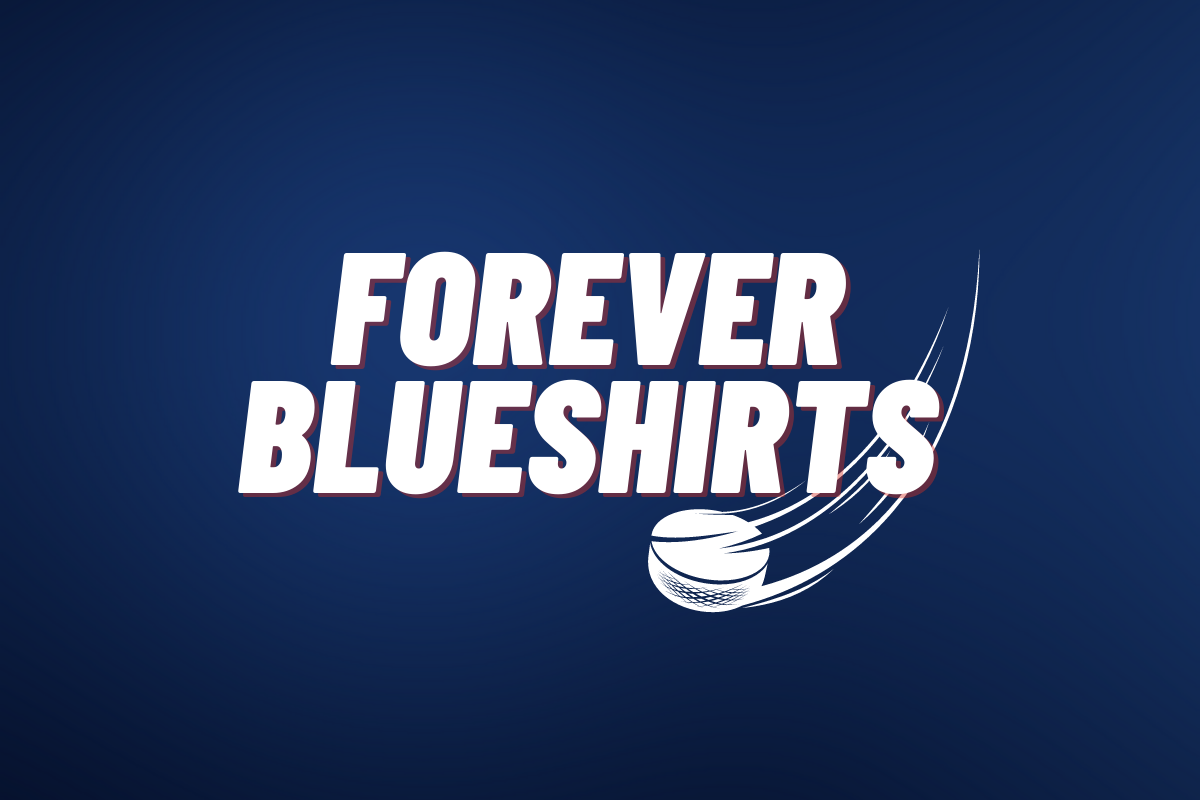Is 2017 the year that corsi finally died?

The Godfather of Corsi: Jim Corsi (Photo by Bill Wippert/NHLI via Getty Images)
Shot attempts! Those two words have dominated hockey for the last several years. Not shots on goal, not quality scoring chances… shot attempts. It doesn’t matter if you shoot the puck 6 feet wide, or have shots repeatedly blocked. No consideration is taken into how harmless the shot is, because it will all sort itself out over time.
What have we learned?
The mainstream use of tracking shot attempts, better known as corsi has led to countless charts and graphs flooding social media sites. It’s given rise to a new type of hockey blogger who can’t resist basing an entire post off of one or two charts they made or found. But have we really learned anything definitive from corsi and many of its offshoot stats?
Has anyone found the formula to winning? This year the 16th ranked CF% team, Pittsburgh won the Stanley Cup. The final four only had one team ranked in the top 10 with #6 Nashville (Anaheim 19, Ottawa 22).
For the last 3 years, the LA KINGS have finished 1st in CF%. They only made the playoffs once and were eliminated in the 1st round in 5 games. Pro stats folks will immediately unite and defend the stat by screaming sample size, or injuries, or goaltending issues. Then when it’s convenient scream about its validity when it works in their favor.
The logic is, if you shoot the puck more, you have the puck more, therefore you should win more. Seems like common sense, save for the fact, at any given moment there are dozens of things going on that impact a play. And if CF% was a true predictor for winning, why did 4 out of the top 10 CF% teams not even make the playoffs? Of the six that did, three were eliminated in round 1, two by round 2, with Nashville eventually losing in the Finals.
Let’s expand it further, of the 2017 teams with a CF% over 50%, 6 out of 17 didn’t even make the playoffs. That’s a whopping 35%! If you add in teams eliminated by round 1 it is a staggering 76% (13/17). Let me drive this further, of the 7 teams eliminated in round 1, 6 were ousted by teams with a CF% under 49.9%.
Even top analysts are reevaluating the stat
Questioning corsi is not just coming from old schoolers and moderates like myself. One of the top hockey statisticians, David Johnson put out a chart pointing out some of what I mentioned above. This led to pro-stats people attacking one of their own, and his response was poignant.

David Johnson (Twitter)
He went on later to discuss that as the league has grown more aware of shot attempts for and against, it likely led to more parity. This of course would mean that even deeper evaluations are needed. For the record, Mr. Johnson runs stats.hockeyanalysis.com which I used for this article. He’s one of the few analysts that doesn’t pretend that analytics is the end all, be all to hockey evaluation. Many claim they don’t, but their track record and writings say different.
He’s not the only one in the pro stats crowd to raise an eyebrow this year. I also found this just as pertinent.
Dear hockey analytics,
There is still much to be learned about how the game should be played. Let’s get that right first.
Thanks. pic.twitter.com/cXt262B7jh
— Steve Shea (@SteveShea33) July 18, 2017
So is CORSI DEAD?

Corsi God Adam Clendening is now with his 6th NHL team in 5 years (Getty)
The truthful answer is of course not. All this data, whether it is old, new, or coming in the near future is helpful. Some of it will become irrelevant as new ideas and technology enter the picture. People, like Stephen Valiquette who are more concerned with what leads to scoring chances and goals, versus meaningless shot attempts are leading that charge. When player tracking technology is perfected, true possession will be measured in time with the puck and not assumed based off of shot attempts.
Corsi still has value today and is a basis for what is to come. Still there is enough evidence now to prove that it has been grossly over valued. No longer can pro-analytics folks keep using the “you can’t look at corsi in a vacuum” defense. There simply has been too much information to the contrary for everyone to point at.
Corsi is simply data that you can refer to aid in further understanding a team’s play. I adamantly oppose its use on individual players, but its value holds better when looking at how a team may be performing. Using adjusted corsi, is also beneficial to drill down into any analysis, but in the end it will never be able to measure all variables and intangibles.
Corsi is alive, but over valuing it should be dead and buried.
P.S. The headline was meant to grab your attention. These are also my personal views on the subject. Of course, this should spark conversation and healthy debate, but instead I expect a needless firestorm of negativity heading my way. I wonder if people would think me weird for wearing a raincoat and galoshes in July? Have a great weekend everyone.
UPDATE: Steve Shea, Math Professor and Author responded to the article and I agree with his thoughts.

More About:New York Rangers Features
